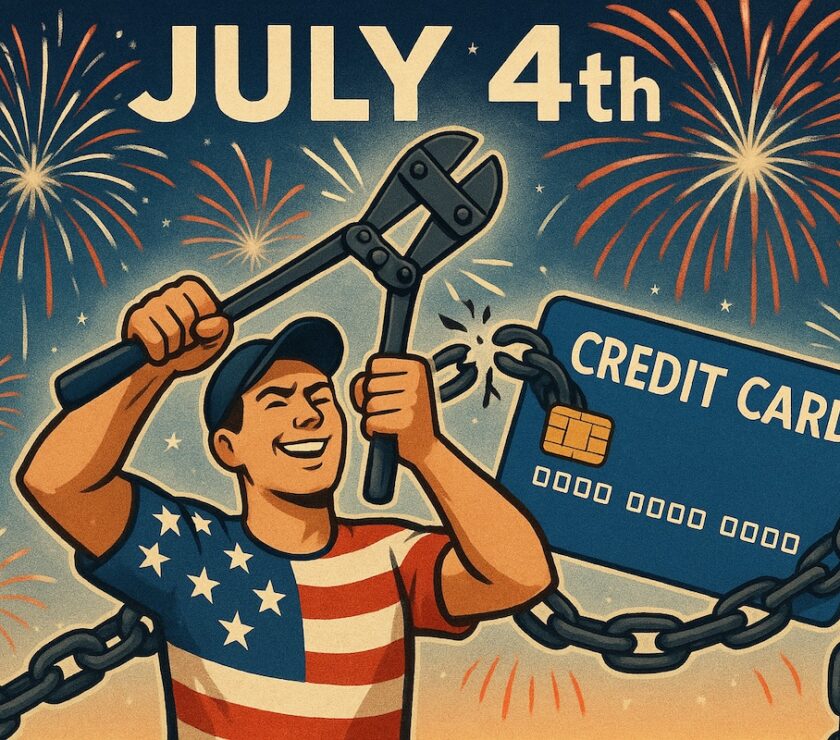TL;DR: Your student loans aren’t your forever curse—they’re just one chapter in your financial story. This guide walks through real strategies Gen Z and Millennials are using to kick debt to the curb, build wealth, and finally breathe again. No fluff, no shame. Just a game plan that works with your actual life.
If Student Debt Were a Person, They’d Be That Friend Who “Forgot” to Venmo You Back
Let’s be honest for a second—student debt feels like a scam we all fell for. You’re told college is the way out, but somehow, you graduate with a degree, a LinkedIn profile, and $40,000 in loans. Where was that part in the brochure?
You get your first “real” job, and boom—half your paycheck disappears faster than your will to cook dinner after work. Rent’s due, Netflix raised their prices again, and those student loan reminders hit your inbox like spam you can’t unsubscribe from.
But here’s the good news: you can beat this. It’s gonna take some strategy, some hustle, and maybe a few side gigs—but financial freedom isn’t some vague Pinterest dream. It’s math, mindset, and momentum.
Table of Contents
- Figure Out What You Owe (Even If It’s Scary)
- Choose a Repayment Plan That Actually Works For You
- Make Money Moves on the Side
- See If Forgiveness Applies to You
- Refinancing Isn’t Always the Flex You Think
- Trick Your Brain With Automation & Round-Ups
- You Don’t Have to Wait to Start Investing
- Quick Pep Talk: Your Worth > Your Balance
1. Figure Out What You Owe (Even If It’s Scary)
First step? Face the monster. Don’t just guess how much you owe—go look. Open that loan portal, get the number, and take a deep breath. It might punch you in the gut, but at least now you’re fighting with your eyes open.
Why it matters: Knowing what you owe and to whom lets you start mapping out a strategy. Private loans? Different rules. Federal loans? More forgiveness options. This isn’t one-size-fits-all.
Pro tip: Visit studentaid.gov and pull your full breakdown. It’s like checking your credit report… but spicier.
2. Choose a Repayment Plan That Actually Works For You
If your payment plan feels like financial punishment, you’re doing it wrong.
There’s no rule saying you have to stick with the standard 10-year plan. In fact, you might be eligible for:
-
- Income-Driven Repayment (your payment = % of your income)
-
- Graduated Repayment (starts low, then ramps up)
-
- Extended Repayment (lower monthly, longer term)
⚠️ Reality check: Yes, you may pay more interest long-term—but if it keeps food on your table today, it’s a worthy trade-off.
3. Make Money Moves on the Side
I paid off $12K of loans in 18 months because of a random side hustle I started on a whim. (Spoiler: it wasn’t drop shipping or crypto—it was freelance writing and reselling stuff on Facebook Marketplace.)
Even an extra $100/month makes a dent. Think:
-
- Selling your old clothes on Poshmark
-
- Editing TikToks for creators
-
- Pet sitting, tutoring, or even flipping furniture
📉 Small payments > no payments. Consistency beats intensity.
4. See If Forgiveness Applies to You
PSLF (Public Service Loan Forgiveness) isn’t a rumor—it’s legit. If you work for a nonprofit, school, or government agency, you might qualify after 10 years of payments.
Other forgiveness options:
-
- Teacher Loan Forgiveness
-
- State-based programs (some offer $10K–$50K if you move to certain rural towns 👀)
-
- Healthcare worker programs
Don’t miss free money because you didn’t Google.
5. Refinancing Isn’t Always the Flex You Think
Look, a lower interest rate sounds amazing, but if it means giving up federal protections like deferment or income-based plans… proceed with caution.
Refinance only if:
-
- You have stable income
-
- You don’t need loan forgiveness
-
- You want to knock it out faster
❌ Don’t refinance federal loans into private ones just to “feel accomplished.” That’s like trading sweatpants for jeans to impress nobody.
6. Trick Your Brain With Automation & Round-Ups
Set your loan payments on autopay. Not only will you avoid late fees—you’ll often get a 0.25% interest rate cut. It’s like a loyalty discount for being responsible.
And don’t sleep on “spare change” apps. Apps like:
They round up your purchases and send those extra cents toward your loan. It’s painless and actually works.
7. You Don’t Have to Wait to Start Investing
This part is underrated. You can build wealth while paying off loans. You don’t have to choose.
-
- Got a 401(k) match? Take it. That’s free money.
-
- Open a Roth IRA. Invest even $25/month.
-
- Try micro-investing apps like Acorns (no affiliation).
Start small, stay consistent, and let compound interest do its thing. It’s the slow-burn wealth strategy most people skip.
8. Quick Pep Talk: Your Worth > Your Balance
Let me say this loud for the people in the back:
You are not your student loan balance.
You’re not “behind” if you’re still paying off school at 32. You’re not lazy if you need an IDR plan to stay afloat. You’re not a failure because the system was rigged from the jump.
What you are is resilient, resourceful, and ready.
This debt doesn’t define your future. It’s just part of the climb. Keep going.
Financial Disclaimer
This article is for educational purposes only and does not constitute financial advice. Please consult a financial advisor for personal guidance.
Internal Links
The Side Hustle Economy: Building a Business While Working 9 to 5
Is Your Budgeting Apps Helping or Hurting Your Wallet
How I Fixed My Credit in 90 Days




